When my grandparents painted their house, they thought the color would be a soft apricot — but it went on looking more like fluorescent pumpkin. They couldn't (or wouldn't) repaint, so they lived with the color for many years. The first time I walked into an Anthropologie store I was so entranced by the atmosphere that I came out with a pair of hideously expensive red silk curtains I couldn't afford. Also, they matched nothing in my apartment and were like magnets to my cat's claws.
It's only natural to make missteps when decorating — even top designers make mistakes, overspend and have regrets. The difference between those top designers and us mere mortals is their uncanny ability to make it work. Many years later, my grandparents' jack-o'-lantern house color did mellow to a peachy hue — but they could have mellowed the look earlier with a bit of landscaping. (Read some landscaping tips below.) And perhaps if I had had more decorating experience at the time, I would have refashioned my embroidered silk curtains into beautiful cushions and tied in the color with other accessories.
Some Solutions
Whatever your decorating woes, know that you are not alone! And here are loads of creative ways to turn a problem into something fabulous.
It's only natural to make missteps when decorating — even top designers make mistakes, overspend and have regrets. The difference between those top designers and us mere mortals is their uncanny ability to make it work. Many years later, my grandparents' jack-o'-lantern house color did mellow to a peachy hue — but they could have mellowed the look earlier with a bit of landscaping. (Read some landscaping tips below.) And perhaps if I had had more decorating experience at the time, I would have refashioned my embroidered silk curtains into beautiful cushions and tied in the color with other accessories.
Some Solutions
Whatever your decorating woes, know that you are not alone! And here are loads of creative ways to turn a problem into something fabulous.
4. Experiment with rugs — and no rugs. Changing your floors, whether you lay new tile, install carpeting or have your wood floors painted or refinished, makes everything else look different. You may find that your old rugs no longer work with the fresh flooring — try rolling them up and go bare for a change. Bare floors can be beautiful, as in the slick loft featured here. If it's the flooring you would prefer to cover, experiment with layered rugs until you reach a look you love.
See more of this Montreal penthouse |


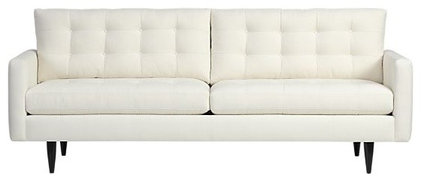

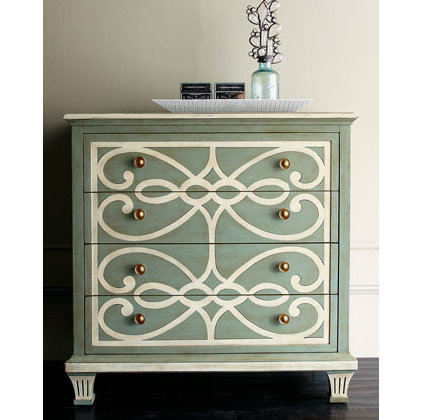
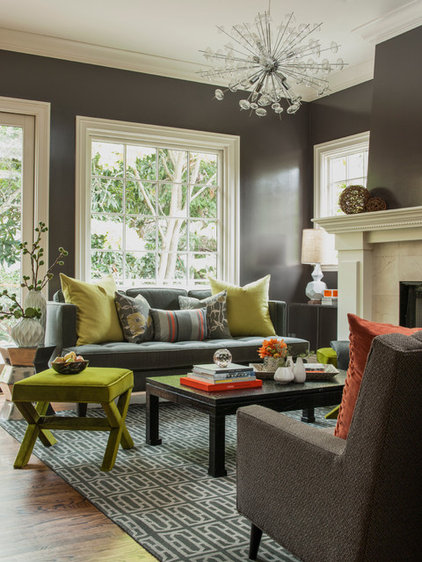
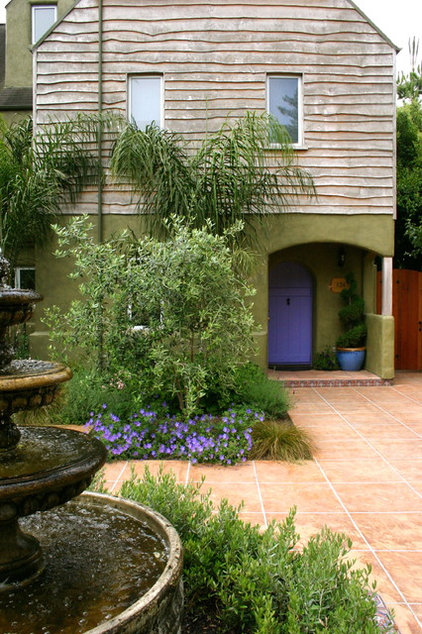
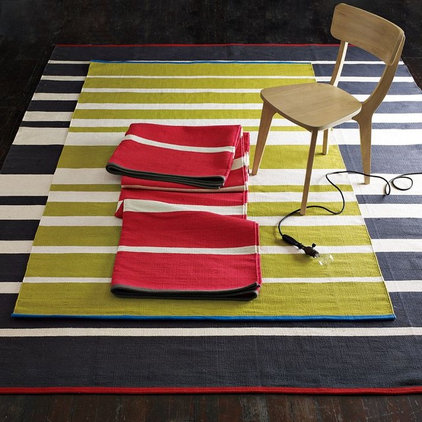
No comments:
Post a Comment